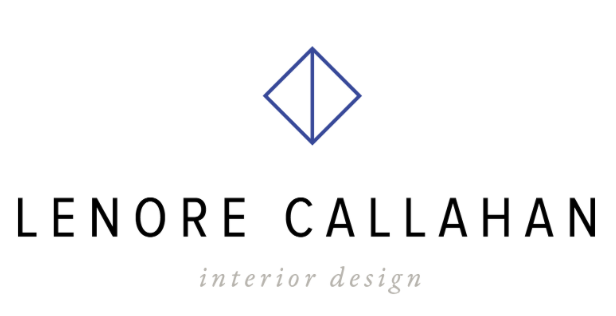How Interior Design Impacts Mental Health: The Psychological Power of Space
The Connection Between Space and Mental Well-Being
The spaces we live and work in have a direct impact on our mental health. Every element—lighting, colors, layout, organization—plays a role in shaping how we feel and function daily. A well-designed space can enhance productivity, reduce stress, and promote relaxation, while a cluttered or poorly designed environment can contribute to anxiety and fatigue.
As a designer, I have seen firsthand how intentional design choices can transform not just a space, but a person’s overall sense of well-being. Let’s take a deeper look at how our environments affect mental health and how we can use design to create healthier, happier spaces.
The Science Behind Interior Design & Mental Health
Research in environmental psychology has shown that our surroundings influence our emotions, cognitive abilities, and stress levels. Here are some key elements of design that impact mental well-being:
1. Clutter & Mental Clarity
Cluttered environments can lead to increased cortisol (stress hormone) levels, making it harder to focus and process information. Studies show that people in clutter-free spaces tend to feel more in control, experience less anxiety, and have a better ability to concentrate.
Simple Solutions:
Organize spaces with functional storage solutions.
Regularly declutter to maintain a sense of order.
Keep frequently used spaces visually simple and clean.
2. Lighting & Mood Regulation
Lighting affects our circadian rhythm, which controls sleep, energy levels, and mood. Natural light exposure boosts serotonin, which helps improve mood and mental clarity, while poor lighting can contribute to feelings of sadness, fatigue, and even depression.
How to Improve Lighting in Your Space:
Maximize natural light by using sheer curtains or strategically placing mirrors to reflect sunlight.
Use warm, ambient lighting in relaxation areas and cooler, bright lighting in workspaces.
Avoid harsh fluorescent lighting, as it can cause eye strain and discomfort.
3. Color Psychology & Emotional Responses
Different colors evoke different emotions and can influence our psychological state.
Warm Colors (Reds, Oranges, Yellows): Energizing, stimulating, and great for social spaces.
Cool Colors (Blues, Greens, Purples): Calming, peaceful, and perfect for relaxation.
Neutral Colors (Whites, Grays, Earth Tones): Promote balance and sophistication.
If you feel overwhelmed in a room, consider whether the colors are contributing to that feeling. Thoughtful color selection can make a big difference in how you experience a space.
4. Spatial Layout & Mental Well-Being
The way a space is arranged influences how we move, think, and feel within it. Open, airy spaces can create a sense of freedom, while cramped, cluttered layouts can increase stress and anxiety.
Optimizing Your Space for Well-Being:
Arrange furniture to allow for easy movement and openness.
Create distinct zones for different activities (work, relaxation, socializing).
Use natural materials and textures (wood, plants, soft fabrics) to bring warmth and comfort.
5. Privacy & Personal Space
Having a designated area for personal time is crucial for mental well-being. Whether it’s a reading nook, a meditation corner, or a quiet home office, having a retreat within your home can help you recharge.
Tips for Creating Personal Space:
Dedicate a small area for relaxation and solitude.
Use soft furnishings, dim lighting, and personal decor to make the space inviting.
If space is limited, even a simple corner with a cozy chair and a plant can serve as a calming retreat.
Bringing It All Together: Designing for Mental Wellness
Interior design isn’t just about aesthetics—it’s about creating a functional and emotionally supportive environment. Here are a few practical takeaways for designing a space that promotes mental well-being:
Declutter regularly to maintain a sense of order and reduce stress.
Use natural light to boost mood and enhance productivity.
Incorporate calming colors based on the emotions you want to evoke.
Organize your space efficiently to improve flow and minimize frustration.
Create private, personal spaces for relaxation and mental recharge.
Let’s Design a Space That Supports Your Well-Being
If you feel like your home or office isn’t working for you—if it’s cluttered, stressful, or uninspiring—it might be time for a design refresh. A well-planned space can enhance productivity, relaxation, and overall happiness.
💡 Ready to create a space that truly supports your mental well-being? Let’s work together to transform your environment into one that nurtures and inspires. Book a consultation today!

